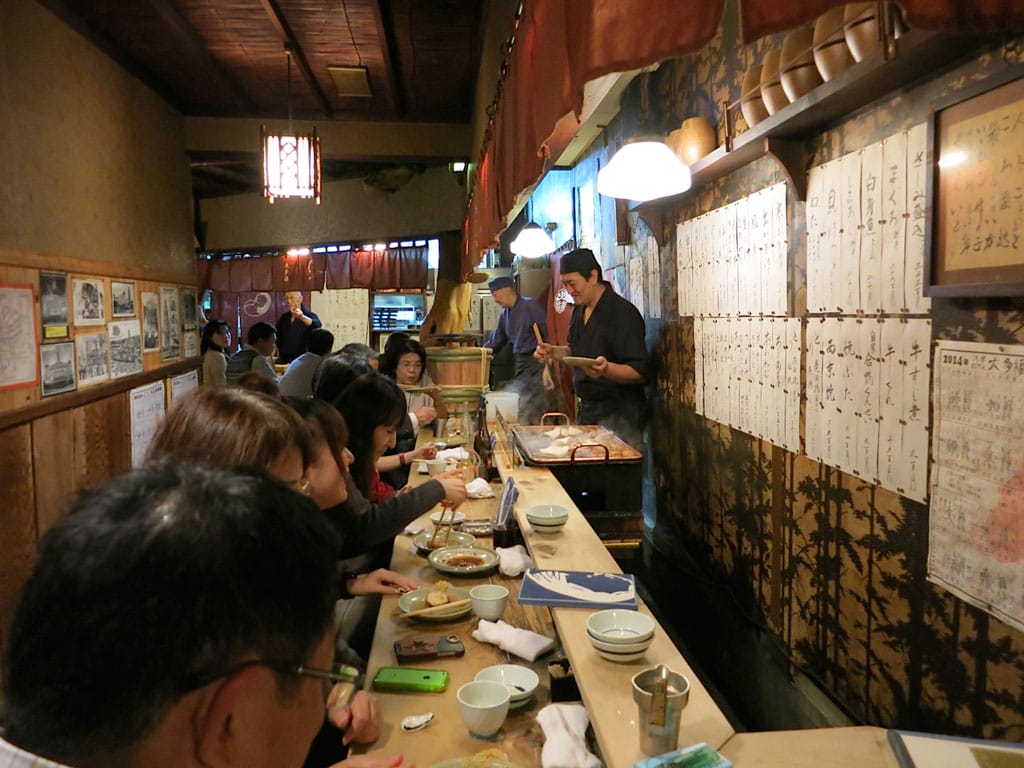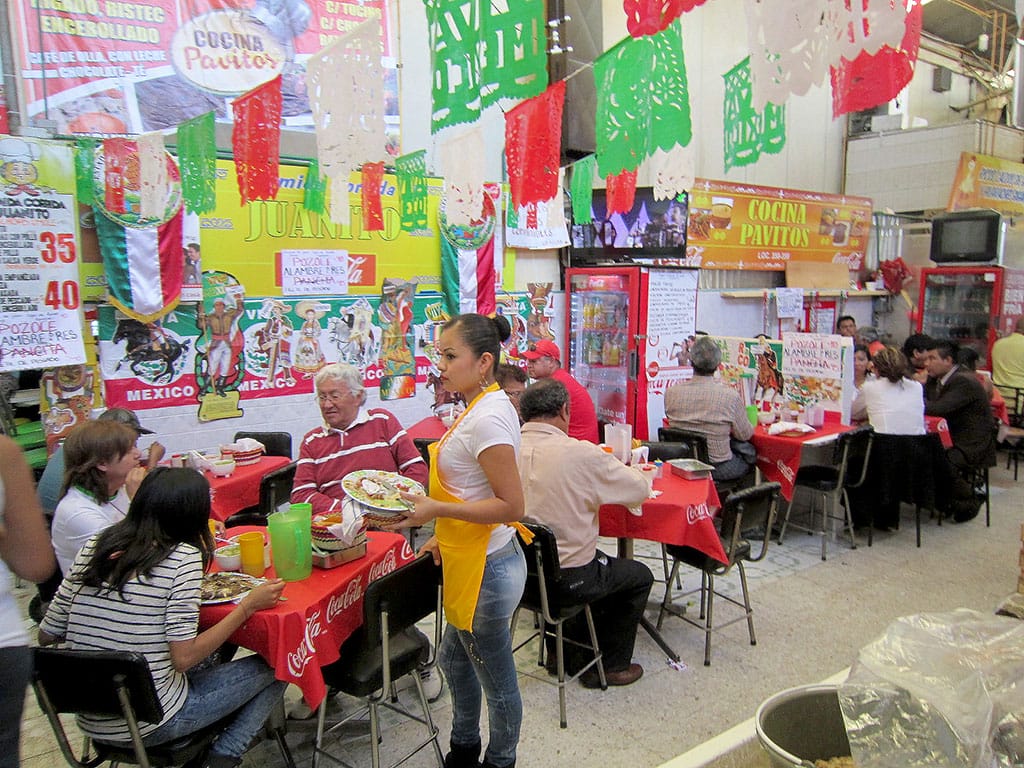Right where the Urumea river meets the Cantabrian sea, the striking Kursaal Congress Centre, designed by Spanish architect Rafael Moneo in the late 1990s, faces the Bay of Biscay. It is here, at the end of the Zurreola Bridge, that Muka welcomes the curious and the hungry.
Carrots served with spinach and almonds, artichokes marinated in olive escabeche, or beetroots prepared with curd and citrus are enough for chef Juan Vargas to steal some smiles at Muka, where he is determined to pave the way for vegetables in a city with a penchant for meats.
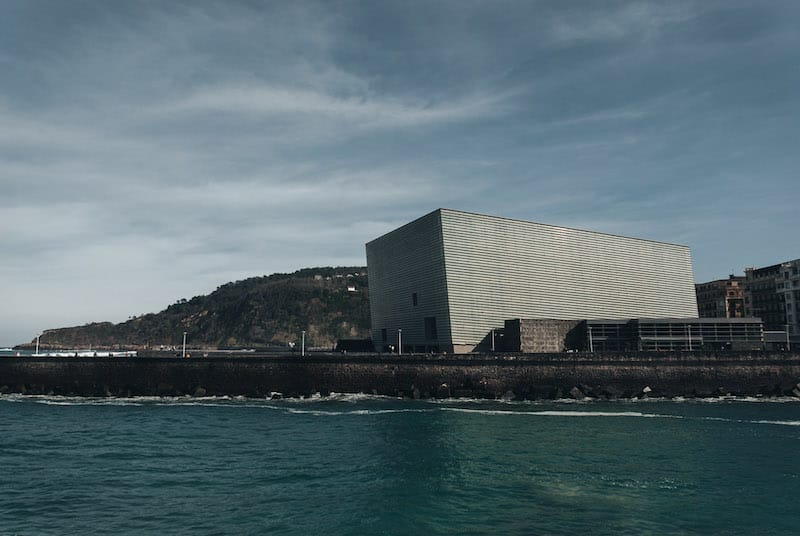
“A bunch of leeks, seen as mundane in Basque culture but yet incredibly versatile, excite us more than a txuleta [steak],” he explains. “We vacuum-cook them for about three hours, then take them to the grill and serve them with an emulsion of txuleta: the seemingly ordinary takes the leading role, while the meat becomes the supporting actor.”
Vargas transmits the excitement he feels at food that is capable of reflecting the essence of the Basque region, which he has called home for some 10 years. Originally from Jaen in Andalusia, he took his first steps as a cook in Granada and Almería, studied at the Hofmann School in Barcelona, and honed his skills under renowned French chef Michel Bras in Laguiole before landing at Mugaritz, one of the most avant-garde restaurants of the Basque Country, where he eventually became head chef.
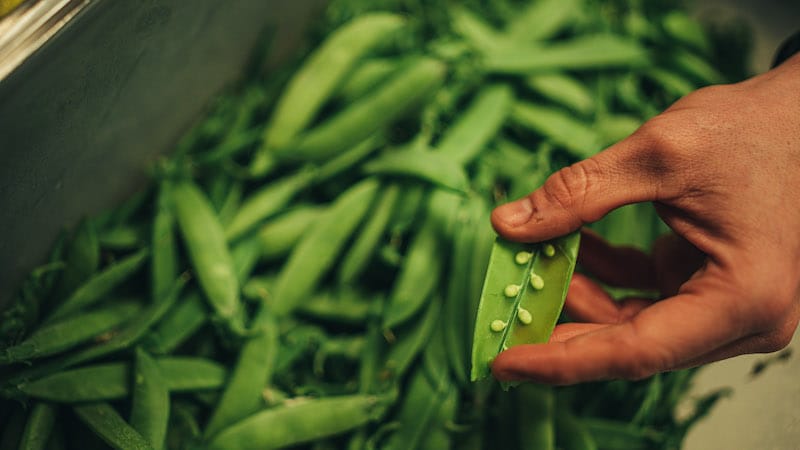
Sitting at one of the restaurant’s tables overlooking the river, while the tide rises and the place is quiet in the early hours, Vargas speaks about ingredients in great detail and specificity, avoiding generic terms. He does not say “apple” but rather errezil reineta, one of the oldest native varieties of the Basque Country. The same goes for strawberries: “In June, you find gariguette, then comes charlotte, and later mara des bois. It all depends on the degree of ripeness they achieve according to each year’s climate…Instead of [a recipe] just calling for asparagus, or leeks, it is fascinating to differentiate the use we give them according to their calibers or diameters. Same with mushrooms; they are not all the same: we grill the boletus edulis and confit the boletus pinicola, knowing, meanwhile, that the boletus aereus is more flavorful but also has more bugs inside.” The chef is delighted to live so close to the French town of Saint-Jean-de-Luz, where he finds seemingly infinite varieties of ingredients to play with. He visits the main market there in search of additional resources from the other side of the border, doubling the size of his pantry, working with the seasons’ harvests in each place.

“There’s a moment to enjoy each of these little treasures, and therefore to make the most of each season while dreaming about what comes next,” he explains. “ I recently went crazy for trébons onions. They’re delicately sweet, with a wonderful texture, resembling a large shallot but with its own personality…We served them grilled, with anchovy and just a touch of oil.”
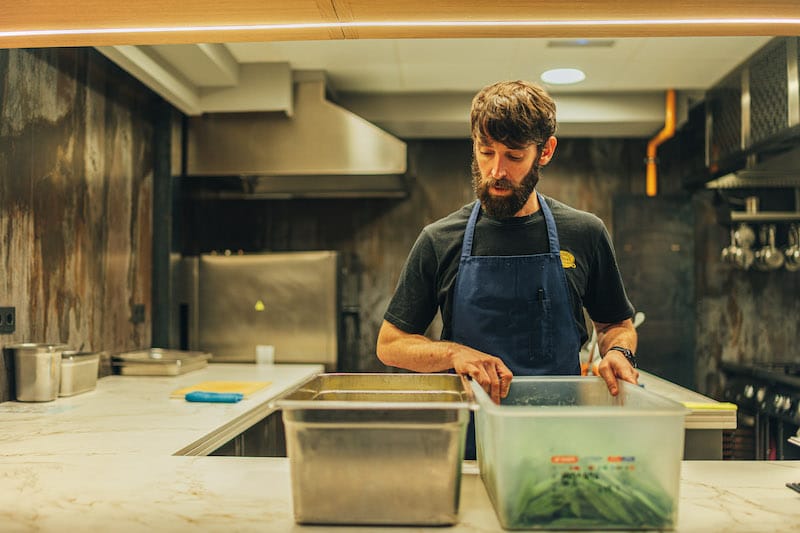
Muka opened in 2022, a part of Ixo Group (a restaurant group created in 2009 by chefs Bixente Arrieta and Andoni Luis Aduriz; that runs restaurants such as Mugaritz, Topa, Bodegón Alejandro, as well as Nerua and Bistró at the Guggenheim Museum of Bilbao). Since its inception, Muka aspires to be “simple, clean, and focused on the essentials,” says Vargas.
One such example of the essentials at Muka is the olive oil that almost every diner samples alongside truly exceptional bread. It’s produced by Vargas himself, made with different Spanish olives, harvested from plots of one or two hectares at most. The skin and pits, stems and other natural elements are strained without filtering, using a traditional method. Once opened, these bottles of limited production need to be consumed within just a few weeks.

Such meticulous attention to olive oil is anything but coincidental: Behind Vargas’s clear gaze and tame beard, under his apparent seriousness and even restraint, there are traces of a character forged in the south of Spain where his childhood was spent among the olive plantations tended by his grandfather Juan Antonio; and where the flavors of his mother’s cucharros, bread rubbed with grated tomato and olive oil, left an indelible mark on his palate every time he had it for breakfast. That is why he dedicated himself to producing, together with his twin sister, Ana, a series of olives oils currently served at Muka and which, for the last two years, he has been marketing under the name of SOLO, and which play an important role in some of the most requested dishes of the menu.

One such dish is among the starters we tried, made with anchovies – and it’s worth mentioning, as these are no ordinary anchovies. They are chosen with devotion and cleaned with extreme care, immediately immersed in ice water. They’re bled to maintain texture, marinated for about five to six hours in a brine with vinegar, and kept cold to avoid any temperature fluctuations before reaching the table. And they’re served with a light vinaigrette made of olive oil, lemon, and garum: “an anchovy dressed in Armani,” says Vargas with a laugh, noting that, out of season, they source the fish from different regions to serve diners throughout the year. Top quality ingredients, unexpected flavors, a deft and creative touch in the kitchen – these anchovies seem to sum up Muka’s project in just one bite.
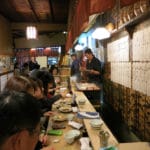 December 30, 2016 Otafuku
December 30, 2016 Otafuku
The weather is turning cold and Japan’s convenience stores, or konbini, have hauled out […] Posted in Tokyo October 18, 2019 “Meet Me in Yusufpaşa”
October 18, 2019 “Meet Me in Yusufpaşa”
Editor’s note: Tara Milutis, an American filmmaker based in Istanbul, shares the […] Posted in Istanbul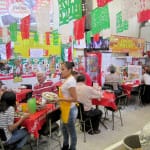 October 16, 2015 Mercado San Juan Arcos de Belén
October 16, 2015 Mercado San Juan Arcos de Belén
Having been divvied up and overshadowed and even having come back from a nasty fire, the […] Posted in Mexico City
Sasha CorreaMagdalena Staurino
Published on March 28, 2024
Related stories
December 30, 2016
TokyoThe weather is turning cold and Japan’s convenience stores, or konbini, have hauled out the oden service pans and positioned them next to the cashier counters. For those not familiar with oden, the sight of assorted flotsam and jetsam afloat in a clear broth and the fishy aroma impinging on their space while paying for…
October 18, 2019
Istanbul | By Tara Milutis
IstanbulEditor’s note: Tara Milutis, an American filmmaker based in Istanbul, shares the inspiration behind her new short film “Meet Me in Yusufpaşa,” which tells the story of Istanbul’s Yusufpaşa neighborhood, where food knits communities together and expresses the experience of migration and assimilation. When I first visited Istanbul in the spring of 2016, I was…
October 16, 2015
Mexico CityHaving been divvied up and overshadowed and even having come back from a nasty fire, the Mercado San Juan Arcos de Belén, also known as San Juan Salto del Agua, has hung on tight as a staple market in Mexico City’s downtown. Born from the 1950s-era split-up of the original San Juan marketplace, which stood…


















































